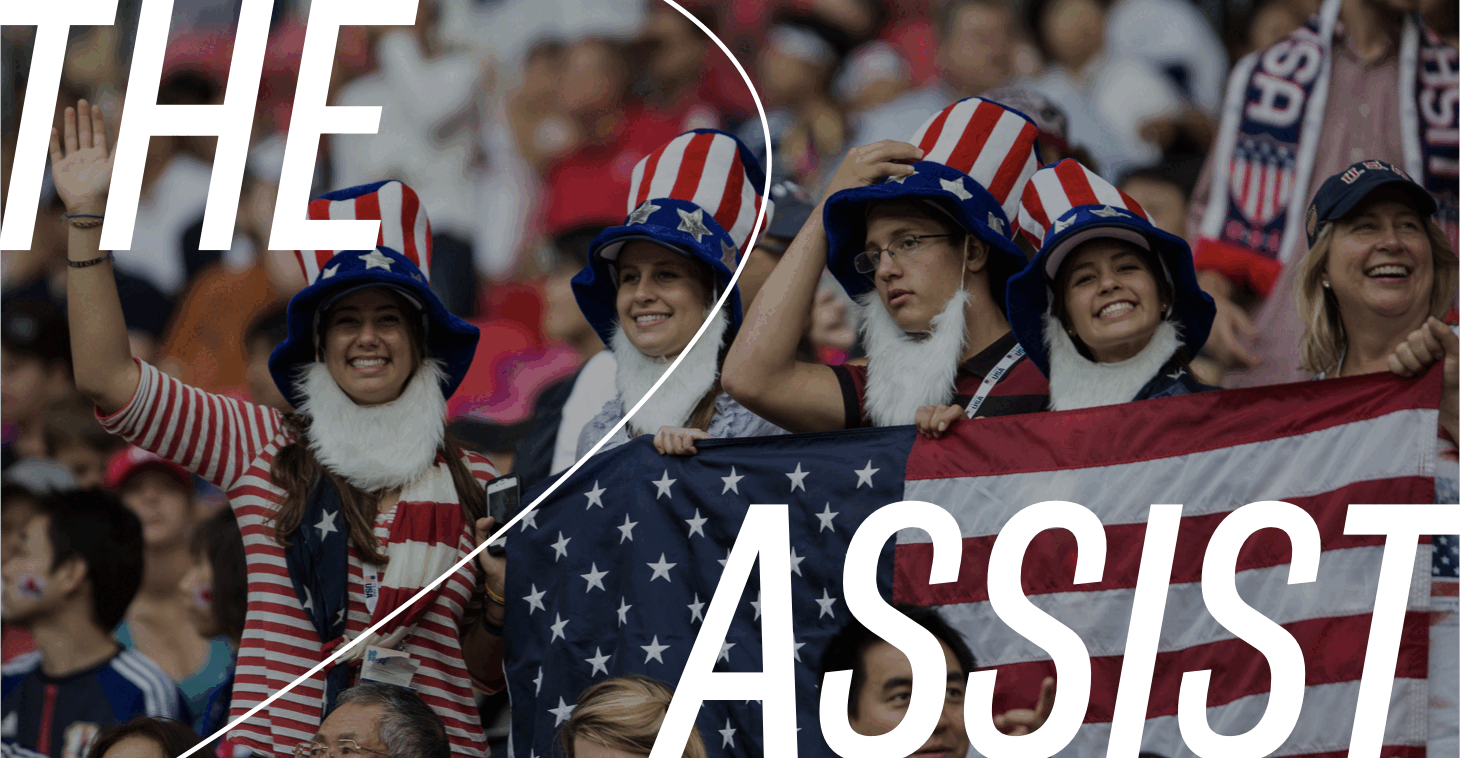
Setting the Stage for Soccer’s Next Chapter
Since 2013, For Soccer has tracked American soccer’s evolution from niche interest to cultural phenomenon. What began as basic fan profiling has developed into sophisticated fan segmentation that captures the nuances of modern fandom. Our latest research, which we’re excited to share over the course of 2025, stems from surveying over 2,000 fans across 49 states and Washington, D.C. using bilingual methodology and representative sampling across age, gender, and ethnicity.
A Glimpse Into Our Latest Findings
New year, new approach to sharing our findings—more on that later. Below is a small sampling of the insights we’ve collected, designed not to be comprehensive but to illustrate the breadth of our latest research. Hover over a topic below to unveil the full insight.
Most Fans Don’t Stick to One League
Two-thirds (66%) of fans follow multiple leagues, while 16% stay loyal to a single league. This multi-league interest reflects the increasingly global nature of soccer fandom in America.
On-Field Product Drives Fandom
When asked why they follow their favorite leagues, fans prioritize on-field elements: quality of play (34%), competitive games (32%), and specific player interest (31%) were selected most. Game quality and star power are key drivers, making them essential in messaging.
Fan Loyalty Not One-Size-Fits-All
66% support multiple teams, but in different ways: 34% follow several teams in one league and 32% back teams across multiple leagues. And 24% of fans stay loyal to just one team. This insight helps brands tailor strategies to different fan behaviors.
Kit Sponsors, Suppliers Most Visible
Jersey sponsorships and uniform suppliers have the highest visibility, most commonly noticed through TV broadcasts (68%) and social media (65%). For sponsors, strategic placement is key to maximizing brand awareness.
TV & Social Media Work in Reverse
TV and social media effectiveness follow inverse patterns: TV’s impact increases with age (Gen Z → Boomers), while social media’s influence decreases with age. Marketers can use this to fine-tune channel selection for different age groups.
Women Younger, Growing Fanbase
Women represent a newer and younger fanbase, with higher percentages in younger demographics (16-24) and more recent adoption (20% of women vs. 12% of men became fans in the last 1-5 years). Brands should prioritize strategies to engage this expanding audience.
Fan Geography Varies by Gender
Male fans more often live in urban settings (54% vs. 40% for females), while female fans have greater presence in town and rural areas (26% vs. 13% for males). This insight informs event marketing, retail strategy, and community outreach.
Hispanic Fans Grow up with Game
Hispanic fans tend to develop soccer interest at a younger age and more often cite family influence (being “Born Into It”) compared to White and Black fans. This opens doors for marketing strategies that celebrate family traditions.
Cultural Connection Drives Fandom
Hispanic fans are 71% more likely to cite cultural representation as a primary reason for their league preferences. This opens opportunities for authentic storytelling and community-driven marketing.
Style Influences Fandom
Black fans are 33% more likely to consider fashion as a primary driver of their initial team interest. This underscores the power of lifestyle and culture-focused marketing in engaging Black audiences.
A New Approach for 2025
As soccer in America enters its most transformative period with the 2026 FIFA World Cup approaching, we’re evolving our research delivery to match the sport’s dynamic nature. Instead of one comprehensive report, we’ll share targeted mini-reports throughout 2025, each examining specific segments of the soccer landscape. This approach delivers timely insights aligned with key moments in the soccer calendar, offers deeper analysis of fan segments, and provides actionable intelligence when it’s most relevant to your business needs.
As we publish our reports we’ll make the timeline blocks below clickable.
One year out from the 2026 World Cup, dive into how national team fandom is evolving across fan segments.
From casual to avid, we shine the spotlight on fans of the domestic league in its 30th season.
Ahead of the 2025/26 European league seasons kicking off, we highlight the Euro-centric American fans.
The influence of Hispanics and Latinos on the American soccer culture continues to strengthen.
Mark your calendar: October 27, 2025 is a sports equinox. No better time to jump into crossover sports interests.
Want more fan insights? While you wait for our next mini report to drop, you can download our 2023-24 United States of Soccer Report—a 70-page deep dive into American soccer fandom.